Question
READ THE SUMMARY AND THEN ANSWER THE QUESTION . DONT PROVIDE SHORT ANSWERS Based on the presentation slides and SUMMARY i have
READ THE SUMMARY AND THEN ANSWER THE QUESTION . DONT PROVIDE SHORT ANSWERS
Based on the presentation slides and SUMMARY i have provided please answer the question below in YOUR OWN WORDS AND PLEASE PROVIDE REFERENCES . Please provide the answer in your words . NO PLAGIARISM . PROVIDE LONG ANSWER
Question - Please read the summary below and answer the question in own words
- Think about the presentation, and the lessons you found useful from the session, then list three Canadian products that were mentioned that would be ideal for the Chinese market. (3 marks)
REFERENCES - Based on the Slides please answer the question and Read the summary

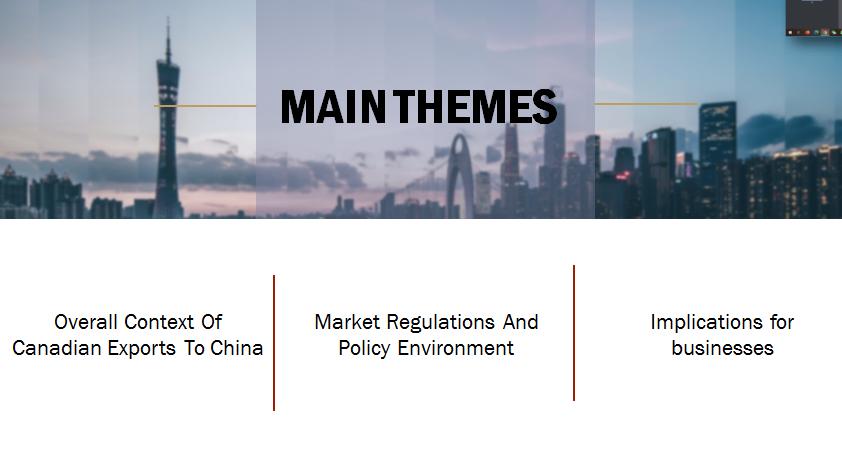
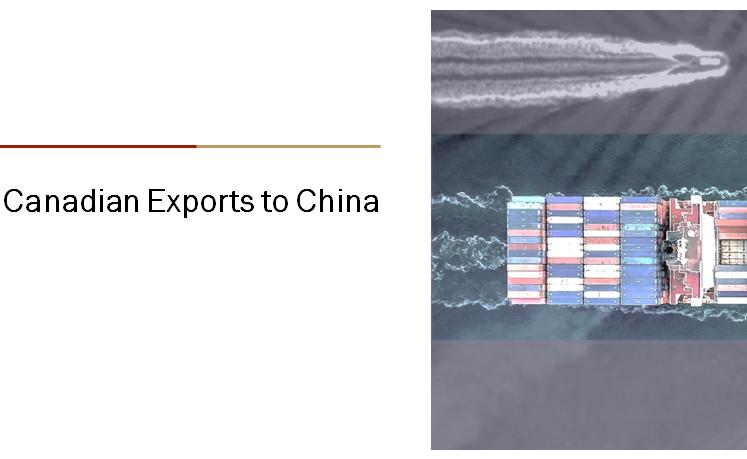
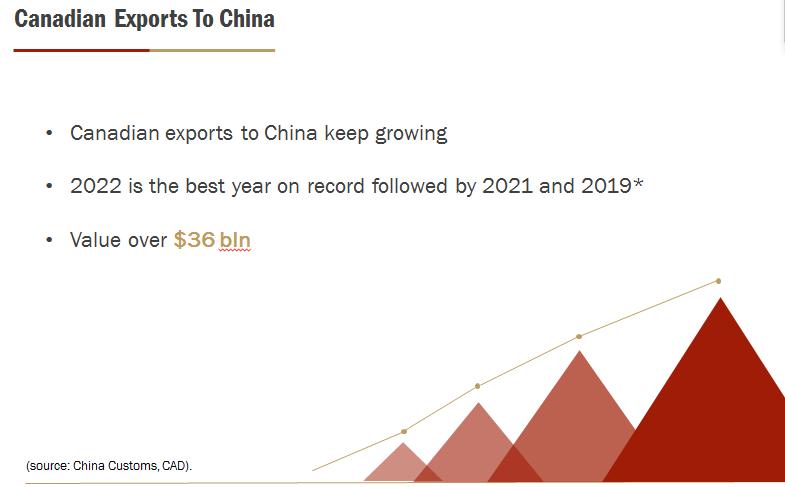
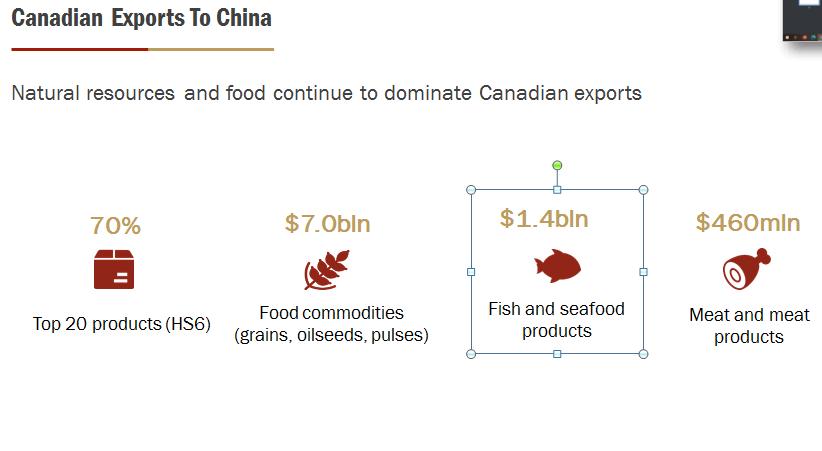
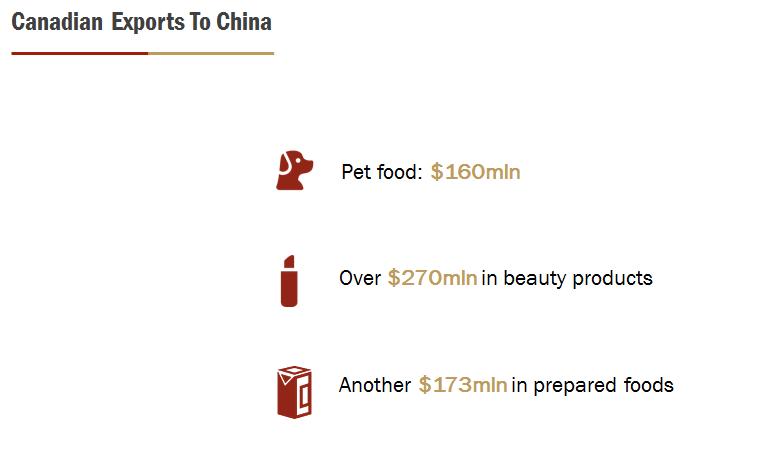
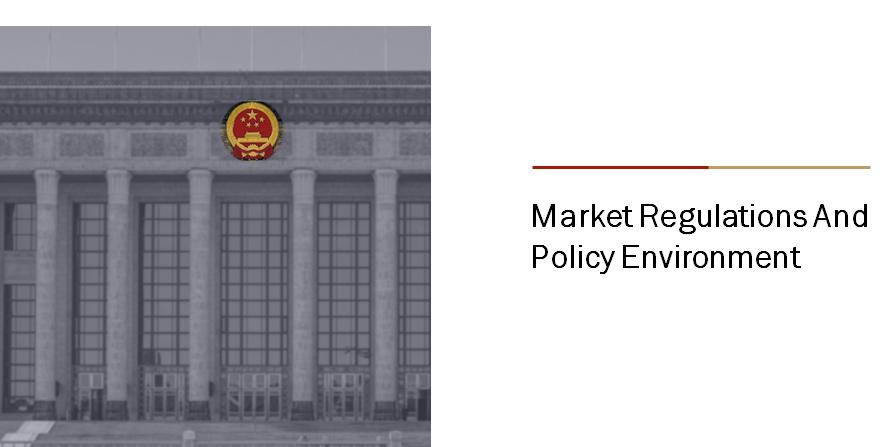
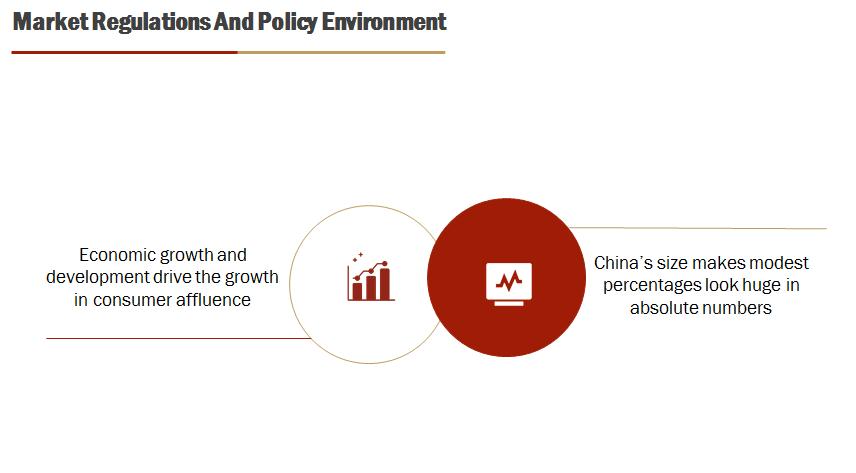
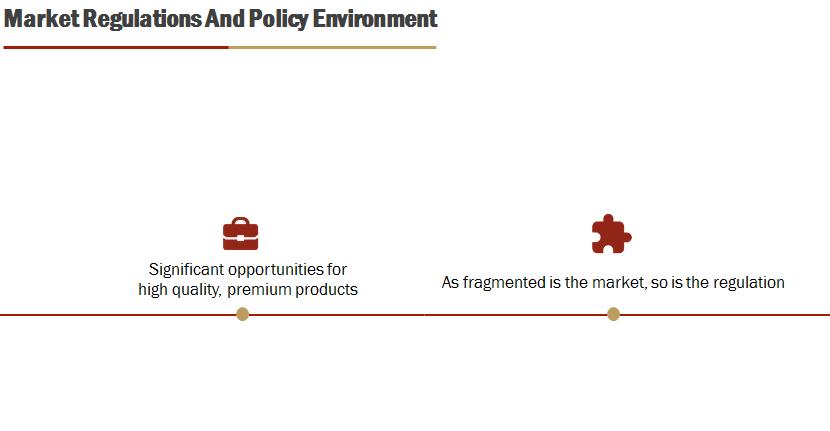
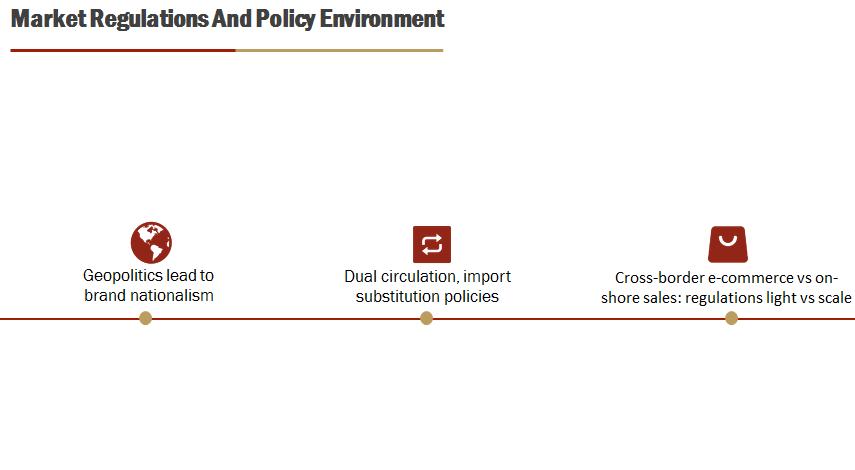
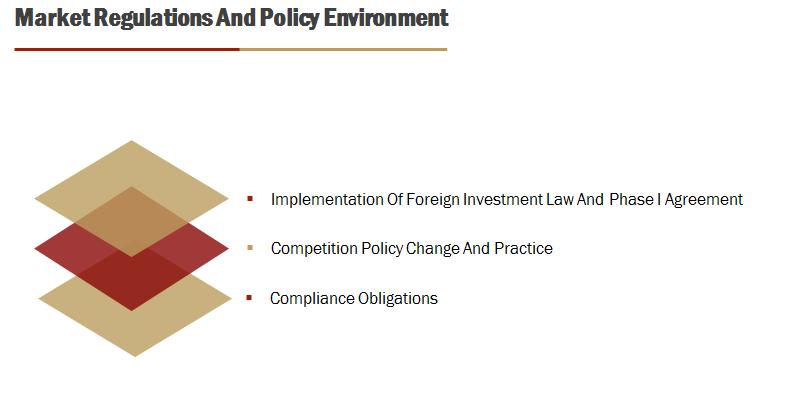
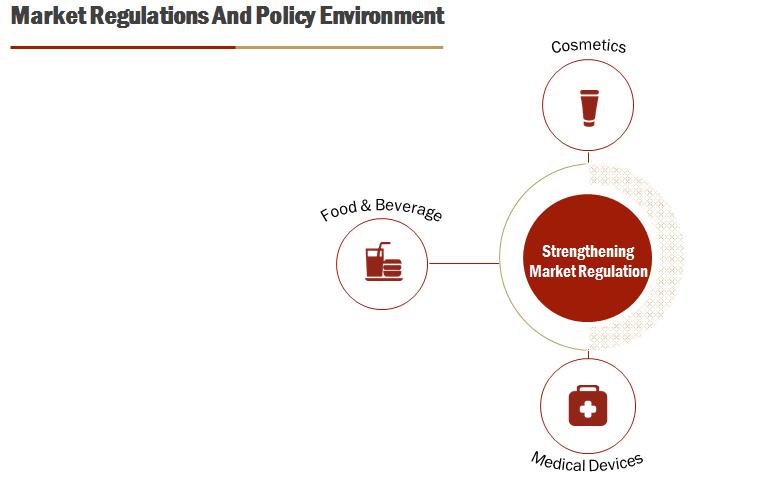

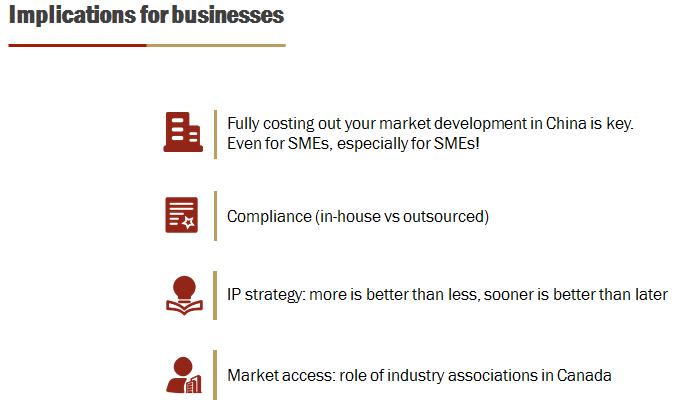
SUMMARY
Now, i'm gonna focus a little bit on the one side of the Canada China trade, and that is Canadian exports, because that's what the job of Canadian government is to promote exports to other countries. Help Canadian companies. Business overseas as far as promoting
Chinese exports to Canada. Well, that's the job of my counterparts and the Chinese Government, so i'm not going to talk about this as much, but we will talk about market regulations and policy environment in China, and what kind of implications it has for a Canadian business.
So in terms of context.as you may have heard, the political relationship between Canada and China is not exactly the best these ahead. Better times before. But interestingly, not that, despite a lot of disagreements and different issues.
China customs have already released their import statistics for the full year. 2022
where statistics Canada Hasn't published there for your numbers. So the numbers you will see here are actually based on And so what we see so far that 2022 is actually shaping up to the best year on record based on Chinese imports that followed by 2021, and then 2019. And if we want to round out the top 5 or 6, then we have 2018, and 20 plan. Now, the reason I put a little asterisk there is that Chinese import statistics You may not send it directly to your target market. You may actually send it to. I don't know you'll buy, or maybe some intermediary in country X, and then that intermediary will sell it onto a country. Why. now, when you export it from Canada, it counts as an expert from Canada to Country X.
But when country, why ultimately gets the product that originated from Canada, it will market as and import from cannabis, so the country of origin always remains for the country of production. And so there's actually quite a bit of discrepancy between the Chinese import numbers from Canada and the Canadian export numbers to China. because a lot of our exports sometimes go through third countries. And so what the asterisk indicates When you look at the Chinese imports, the 2022, we had nearly 20 billion dollars of gold imports by China from Canada. But if you look at the Canadian export statistics. none of this gold is showing up any. So we actually not quite sure what's happening. to be traded on the London Medals Exchange, and then Chinese fires of buying it on the London Metal Exchange, and that's why. But they're buying Canadian gold. So on the Chinese statistics. It shows up as an import from Canada. But if you sort of adjusted for this particular anomaly. We're still having actually a very good year for a real substantive Canadian export.
Now, if you look at the statistics, canada data like, I said. We only have it now up to November. 2022 so 11 month. but it's still kind of looking in this pretty much the same order, so 2022 that is the best year. 2021 is second best, 2018, 2020, 2017, 2019 so Canadian numbers, so far actually with a previous year, whereas Chinese numbers show quite a bit of well, but that that that's because we have that old imports that are a bit a novelist. But I think the main point here is that Canada China trade is surprisingly very resilient. and as I I will talk about it a little bit later. There are some sectors that are better than others. but the trade generally seems, so far, you know, Touch would, it seems, to withstand various political difficulties in a bilaterally.
So what does Canadian export to China consist of so natural resources and
continue to dominate our export trade? We see that about 70% of the trade is accounted by top 20 products. And when you look at the Hs codes that are at the 6 digit level, the product specific level. 20 product is 70%. We have about 1.4 billion inefficiency product Actually, fish and seafood segment has recorded Actually, fish and seafood segment has recorded the best year on record with their exports to China. about 460 million in there is actually about 13 billionworth of metals and mineral. So we're talking about coal. I don't know to so basically natural resources. And that's the the the large bulk of what we what we sell to China
Now add it to that. another, 100 million 7,170 millionin a package. There's also there's also about 340 milliondollars worth of pharmaceutical product that we usually send and a cross-border e-commerce is close to 200 milliondollars, and I think so. Cross-border e-commerce obviously is not a type of product. It's a sales channel. but it's it's important to understand that there's 2 main ways to get into the Chinese market. So on shore. So basically you'll import the product across the board, and then you sell it through traditional channels, online or offline. And there's Southern General.
Okay, prepared foods. Okay? And I was probably saying that there's another close to 350 million dollars in in pharmaceutical products, and an interesting feature of kind of international trade with China. Is that
so? You have your traditional ways of selling products. When you import the product you bring it across the border you have to. There's a very long and arduous product certification, a registration process. And then, you know, you sell it like an online offline, whichever way you like. But then there's something called this cross Border E-commerce channel, which is like a giant to be free duty, free store, where every Chinese resident every Chinese citizens get. I think it's about $800 a year. and about allowance to bring products in duty free. And so a lot of e-commerce platforms they have, you know, they could be set up these facilities where you know a Chinese consumer can buy things that are directly cross-border, and it's actually it's a very a good way for many companies, especially smaller exports, get into the Chinese market, because it allows you to sort of circumvent, if you will, in a perfectly legal way. to bypass this very complex registration requirement. Think about selling food, cosmetics, and you know there's usually a lot of domestic registration procedures before product can be sold. The Cross Border E Commerce pretty much ending goal. so that segment Canada sold close to 200 milliondollars last year was 2 or 3, 21. It was 200,000,02022was a little bit lower, 185 million . So that's, a that's a very, very important channel for for Canadian exports, especially in consumer package.
Now we're gonna talk about the market regulations.
So economic growth and development. They drive consumer right and as something between 75 to 200% of median income. Yeah, Canada. In the Us. We have about sort of 58 or 51% resp., of our population qualified as middle class. According to this we see the definition. The Chinese statistics are not directly comparable because they use different methodologies. This is not. I could potentially very long conversation. So i'm going to get too much into it. could qualify, as you know, middle class. so that right there it means about 400 million So what does it tell? You tell us that in China So if an industry or company can, all, you know, get, you know. a fraction of a percent that could still translate business. absolute all about. I think that's a that's an important point to keep in mind. Now there are significant opportunities for high quality. Premium costs is consistent with the notion of common prosperity, something that certainly up until last summer Chinese Government has been advancing and advocating very forcefully. I see the rhetoric came down a little bit because China has showed some disappointing economic growth numbers. When, when the Covid measures were abruptly relaxed in the last quarter of 22, you know you don't hear as much about common prosperity sort of in the daily use, but I think the notion is still there, and and and the idea of common prosperity. Lines of Chinese regulators and policymakers, because that's what's called kind of an all of cheap distribution.
So you have a a very small top and very small bottom in the idea you got that sort of
it'll class. That's the notion of common Now, with that comes from higher expectations.
right? It's consumers getting more affluence. They want their products, healthier products, you know. They become more environmentally conscious, right. They they they watch their carbon footprint. They they watch the sustainability. and with that also comes as a result, increased regulatory scrutiny. And you know we were talking about.
You know, large size of the Chinese market. But make no mistake. It's not one market. Anybody who tells you that you know China is this one human, this market. It's a China is extremely fundamental. It's a collection of, you know there's 36 provinces in China. It's a collection of 36, different one.
But you know there's also there's also a little bit of a genuine attempt
to try to figure out. How can we harmonize and bring together? You know, this fast and different geographical social factors kind of create more of a or a unified politics, of course, always interfere with business, and it's no different china no geopolitics. trading partners interact with China, and how China interact I guess there's a question of whether the consuming public actually buys the message.
Again, you know, given given the governance system that that China currently has some people question, is there truly such a thing as public opinion in China, as in genuine, freely expressed public opinion? Or is it. or shall we say an engineered public opinion?
But anyway, we don't need to debate this point here today. But regardless of how this comes about, brand nationalism and and and sort of sometimes.
xenophobic reactions.
certain foreign brands that need to have, you know, offended certain political sensibilities.
maybe maybe some more nationalistic, minded strategy population.
Okay, so let me move on with with a few more points, and then and then we'll have more questions. Discussion.
So, continuing with the regulations and policy environment. You know. What has China been doing to Their view is the environment for companies for it and domestic in in the economy. So for the last, maybe 2 or 3 years already they've been implementing. I need for an investment. a law, and of course, the phase, one agreement: China in the United States from from 20 is. even though it's a bilateral agreement, it actually with China to take certain actions that had water spillover effect for the a business regulatory environment. So for what? The what are some of these things, you know, Reduction of the negative list for investment. negative list, meaning it's a list of all the prohibited sectors for foreign investment, and when they reduce that list that it's 4 parts of the economy become open. it's improvement in IP. Protection.
IP protection. Environment in China has indeed improved over the last 3 to 5 years, but also what happens? The nature of electoral property risks. China has changed as well.
So, anyway a technical safety assessment of cosmetic products, right. I mean something right. It has direct impact Companies that Don't do animal testing China. Chinese consumers are very used to animal testing, and so that is really creating challenges for any brands that you know create their brand or on their basis. And so, in fact, I should. We see some very good
positive progress with Chinese Regulators on kind of accepting some of the some of the other testing tickets that are used elsewhere in the world that permit demonstrate product safety without necessarily having to test it on animals. And then another sort of related
Don't have it So some type of IP assets are easier to protect than others, and particularly those, you know, trade secrets, for instance, confidential business information is one of the one of the IP systems the hardest to
for for smaller companies that Don't have as many resources, well safety numbers, so to speak. seeking assistance of the industry, associations to engage with
Canadian Government services, for instance, to help you in
product helping you find new markets help you find connections.
foreign markets, but also, maybe sometimes engaging even with foreign governments, is is
a very good way.
POLICY PERSPECTIVES ON CANADIAN TRADE WITH CHINA 6 February 2023
Step by Step Solution
There are 3 Steps involved in it
Step: 1

Get Instant Access to Expert-Tailored Solutions
See step-by-step solutions with expert insights and AI powered tools for academic success
Step: 2

Step: 3

Ace Your Homework with AI
Get the answers you need in no time with our AI-driven, step-by-step assistance
Get Started


